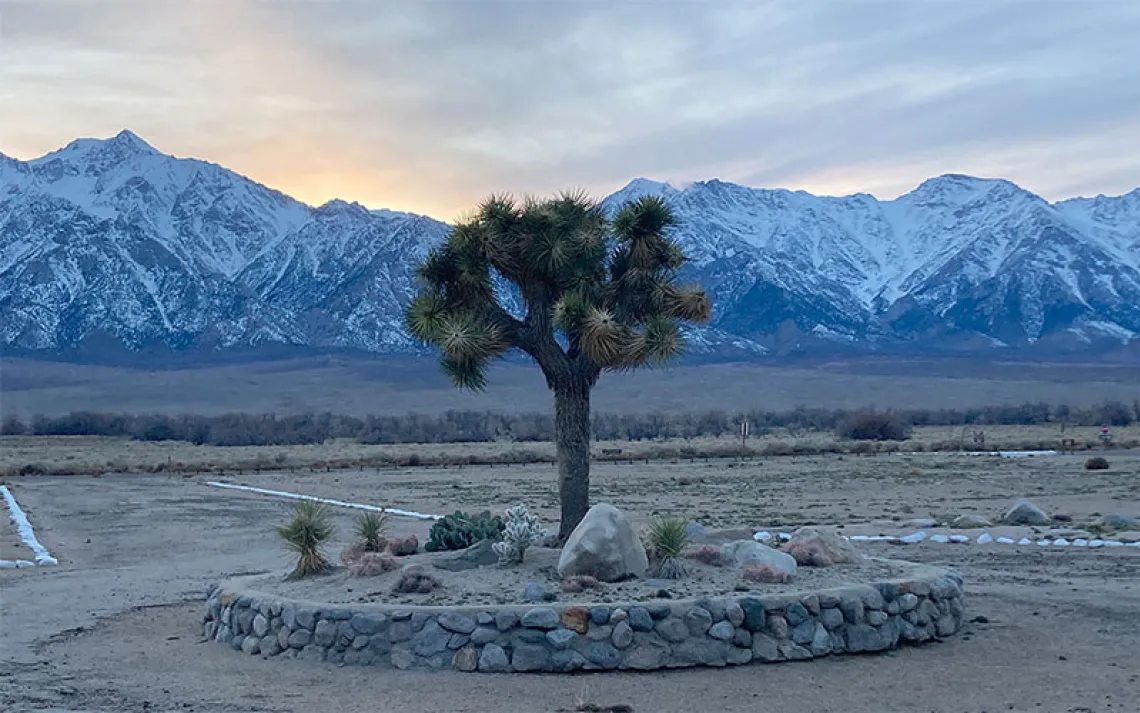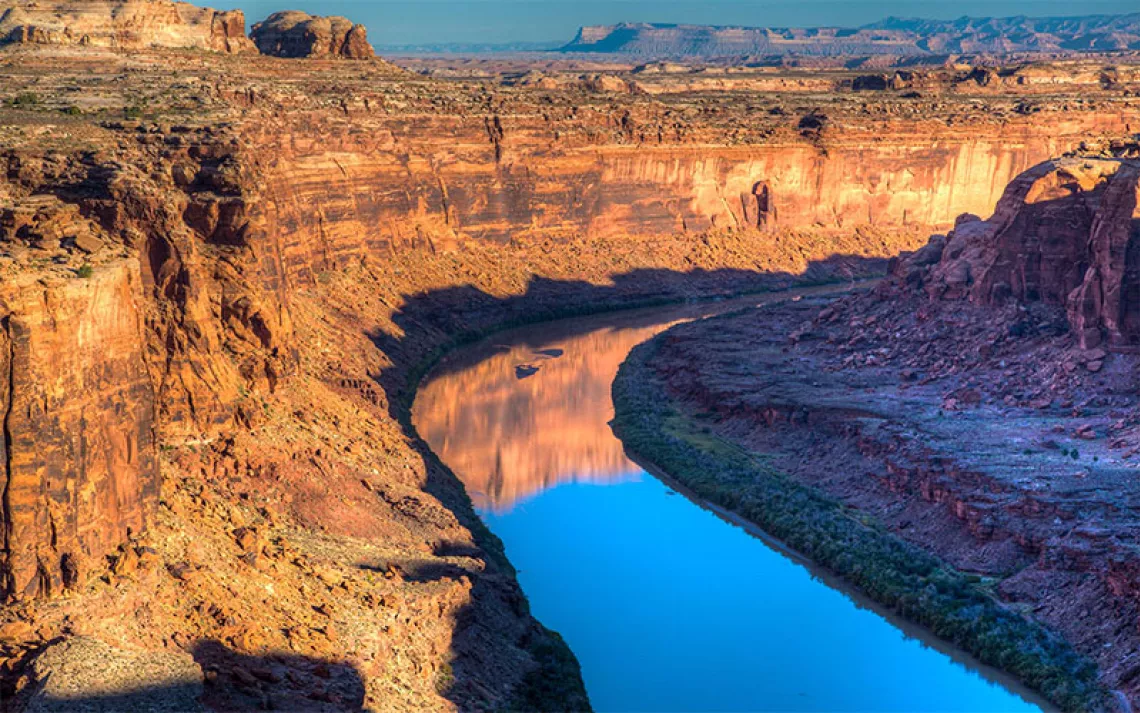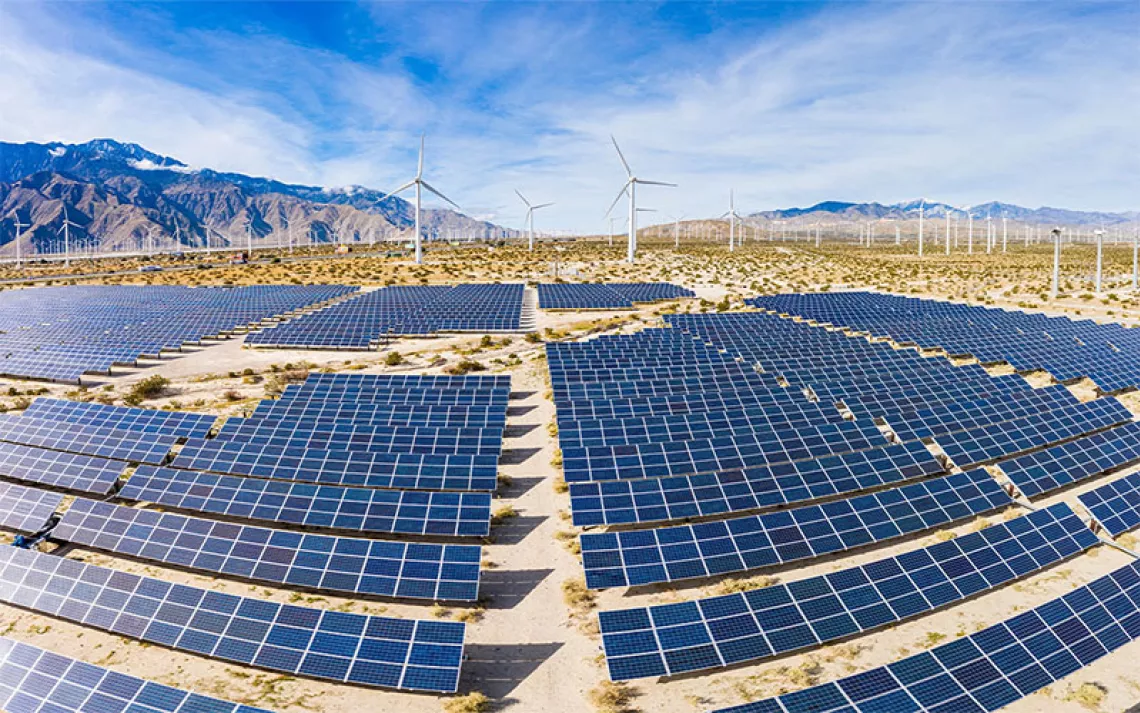Let's Keep Some Digital Blank Spaces on the Map
In an age of digital enclosure, the wilderness should remain free from connectivity

Photo by Timothy Archibald
During this season of pandemic, I have felt, more than anything, a sense of claustrophobia. Like most everyone, I've also experienced fear, anxiety, and frustration. My dominant feeling during the months of sheltering in place, however, has been that of being trapped. I've wanted to get away, but with parks closed and trailhead parking lots locked, many of my usual escapes to the outdoors haven't been as available.
The ideal of the away—a desire to preserve some natural areas as a retreat from civilization—has long been the backbeat to the rhythm of conservation. In his famous "wilderness letter," the author and environmental activist Wallace Stegner wrote, "Even when I can't get to the back country, the thought of [it] . . . is a positive consolation. The idea alone can sustain me." When Stegner wrote those lines, in 1960, he was primarily concerned about the threat posed to wildlands by the bulldozer and the automobile. Today, the wilderness areas of our national parks face a new, distinctly 21st-century threat: the steady creep of cellphone connectivity and social media into the outdoors.
As Christopher Ketcham reports in "Wiring the Wilderness", the National Park Service is permitting the construction of new cellphone towers in parks across the United States. During the few instances in which the Park Service has solicited public feedback on cell-site proposals, the reaction has been overwhelmingly negative. When staff at Yellowstone took public comments for a new cell tower, the majority of respondents were opposed, and some people "objected to any wireless coverage for visitor convenience."
One of the signature virtues of the wilderness is that it serves as a bulwark against the industrial domination that characterizes so much of the planet. The borders of a wilderness are a wall against the chainsaw, the earthmover, the wheel in any form. But a cellphone signal easily vaults over that barrier. When it does, the newfound connectivity jeopardizes the experience of the wilderness as a place apart from civilization. A backwoods retreat is no getaway if you're tempted to upload some selfies to Instagram (see Katie O'Reilly's "Welcome to the Insta-Sphere"). When you can get a signal everywhere, there'll be no more away. And we need the away more than ever in this age of digital enclosure in which Big Data tracks our every preference, purchase, and political opinion.
Maybe the concerns about connectivity in the wild are just the grumblings of curmudgeons. In hindsight, every generation's gripes about technology can seem small-minded. When the first automobiles were allowed into Yosemite Valley in 1913, John Muir complained that the "blunt-nosed mechanical beetles . . . mingle their gas-breath with the breath of the pines and waterfalls." Muir may have been mostly right—the midsummer traffic jams at many national parks are a disgrace of poor planning. There's one crucial difference, however, between a car and a cellphone: While the first takes you to a wild place, the second lures you away from it once there.
It's true that you can always leave your phone at the trailhead; or, if you use your device for the maps, the compass, or the camera, you can leave it in airplane mode. But the temptation to search for a signal will still be there. Which is precisely why the conservation movement should commit to defending wildlands from high-tech connectivity. Keeping the wild free from telecommunications follows on the same idea that has always guided preservation: We exercise collective restraint because we're not very good at individual self-control. Just as an intact forest provides people with an opportunity to enjoy wild nature, a fully disconnected landscape affords the opportunity for unbroken solitude. So let's keep some digital blank space on the map, places where we know we can—in good times and in bad—get away from it all.
This article appeared in the July/August 2020 edition with the headline "Wired for Away."
 The Magazine of The Sierra Club
The Magazine of The Sierra Club



